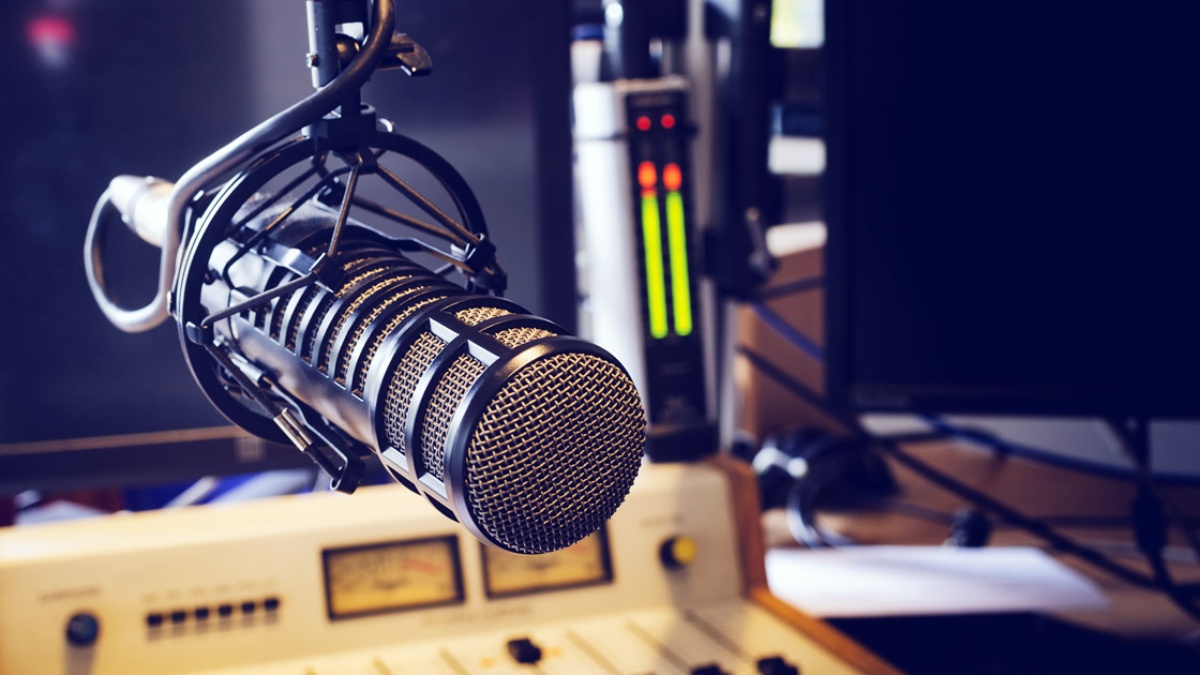Radio has faced many upstart challengers over the past century. But the digitalization of seemingly everything over the last decade, including the explosion in popularity of streaming music (and, more recently, podcast) platforms, posed a unique threat by competing with radio on strictly audio content.
The medium’s resilience may surprise casual observers, but its strengths, including pricing, trustworthiness, ubiquity in cars and the intangible comfort it provides users explain the endurance.
And what endurance that is. AM/FM radio continues to dominate audio consumption, with 66% of the total listener market, according to the latest edition of Edison Research’s closely-watched annual Share of Ear report. Streaming of radio stations (including Fordham’s excellent WFUV app) has jumped 34% since 2018 (including a 25% spike in the past year alone) and plunged 51% for “pureplay” platforms like Pandora and Spotify. Radio now leads the digital listening pack, with a 45% share, compared with 26% each for pureplays and podcasts.
The Edison report combines streaming and terrestrial listenership for radio’s numbers, a significant advantage over platforms not going out over-the-air. But that caveat doesn’t overshadow other ways in which radio is winning. It remains, by a huge margin (86% share), the preferred medium for people listening in their cars. And it’s wildly popular with younger people often thought to live on social media: 35% of Millennials and Gen Zers say it’s their favorite type of streaming audio content, trailing only podcasts (40%).
That last figure is especially heartening for radio lovers as it suggests a bright future. So do podcasts beamed by radio stations, which in a way are the apotheosis of the form, unbound by rigid station schedules and largely free of seemingly endless commercial breaks.
This shouldn’t come as too big a shock. Radio faced an imposing challenge back in the 1940s when Americans quickly became hooked on a new technology called television. TV sets literally replaced bulky radios in US homes. But it rebounded after a team at Bell Laboratories’ invention of the transistor radio allowed for dramatically smaller radios outside of the house, an immense asset as a booming American population was spending more time in their cars.
American car culture continues to benefit radio, but doesn’t account for its lopsided popularity among drivers, who spend a mere 11% of their driving time listening to readily available pureplay platforms. As Edison notes, radio, and its most talented DJs, deliver a unique sense of companionship that can be especially comforting on solitary road trips.
Radio is more than comforting during car rides that go haywire, with drivers grateful for its reliability during road emergencies, wildfires and severe weather. The AM for Every Vehicle Act, which would require radios to be installed in every new automobile (they are absent from several EV models) is currently gaining bipartisan support in congress for this and other reasons.
Providing comfort, instilling confidence and being ubiquitous in cars aren’t the only reasons for radio’s lasting popularity. In today’s monoculture, AM/FM stations stand out for offering regional specificity, even if a listener is streaming a Chicago-based outlet in Tokyo. This could be especially important if radio can fill the void left by dying local print and digital news publications.
Radio also relieves people of the unrelenting contemporary pressure of curating all our entertainment ourselves. Sometimes, it’s easier and more eye-, or ear-, opening to be in the expert hands of a DJ when it comes to music.
The absence of visuals on radio eliminates one driver of the shallow prioritization of aesthetics over content so often seen on television. And while radio is obviously not free of partisan screaming (the past titans of that form including Rush Limbaugh and Don Imus) or totally high-minded (the unlightened Howard Stern, of the shock jock ‘90s), I’d argue it has remained closer to the idea of a communal fireside than most other mediums.
Finally, as consumers balk at the ever-rising price of streaming TV and movie platforms, much of the radio market–over-the-air, of course, but also streaming–is free. And in the case of radio, people are getting a whole lot more than they pay for.

